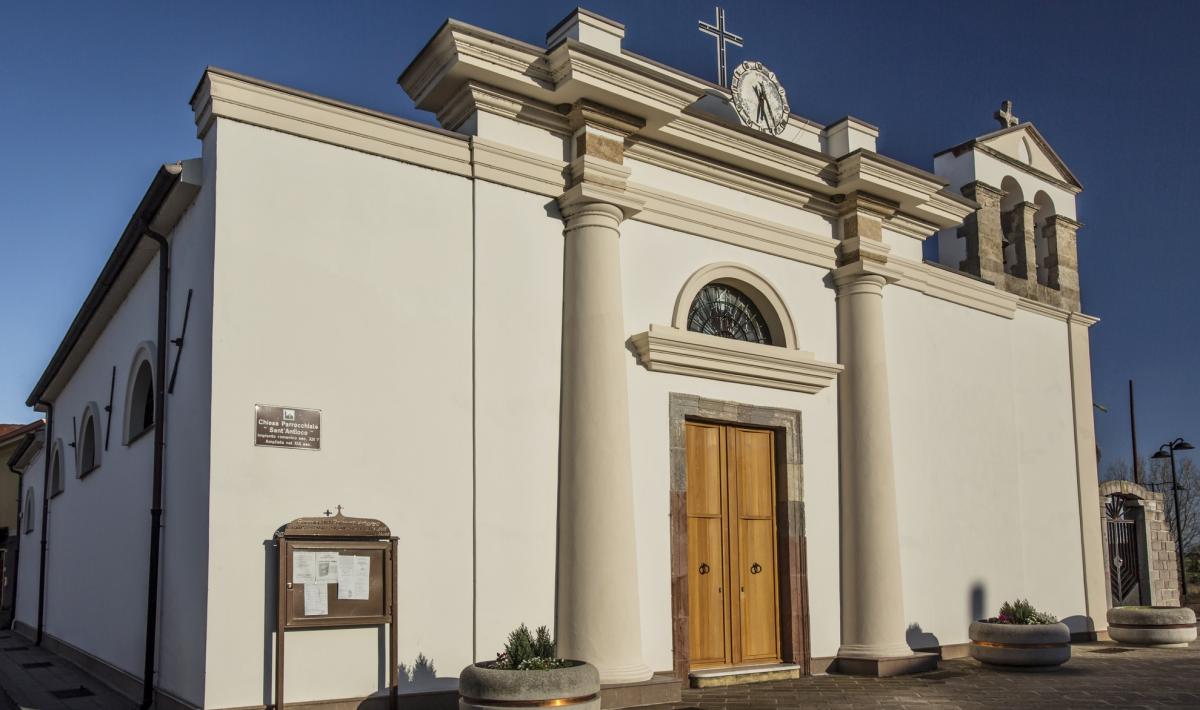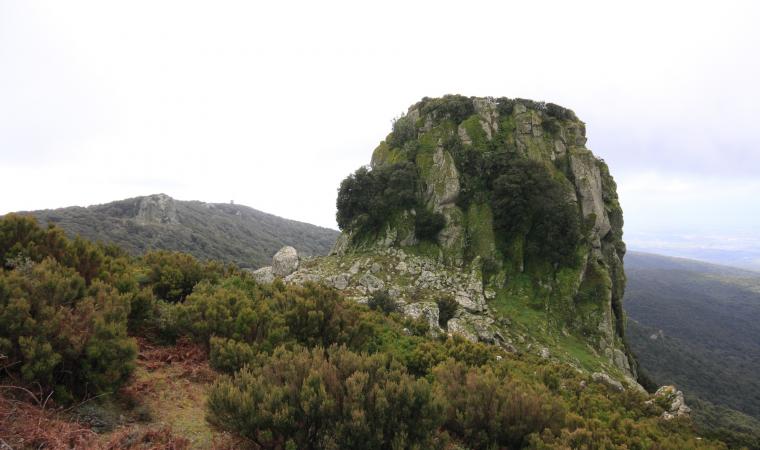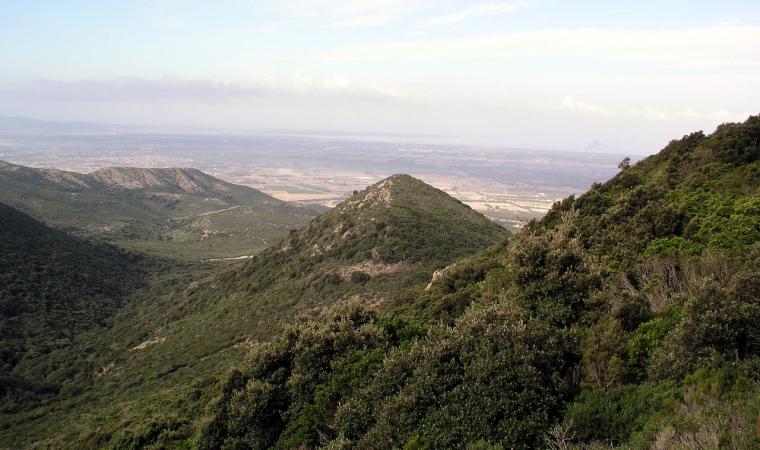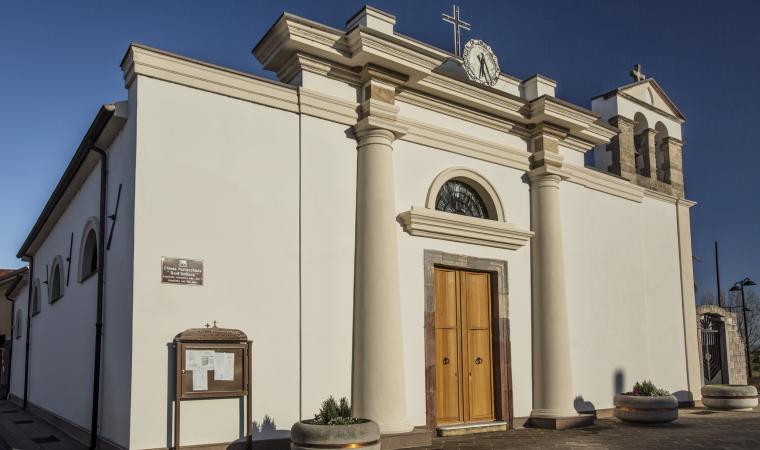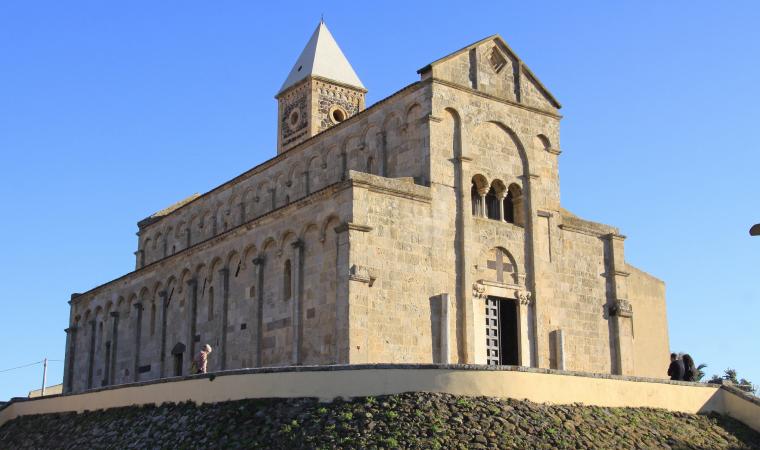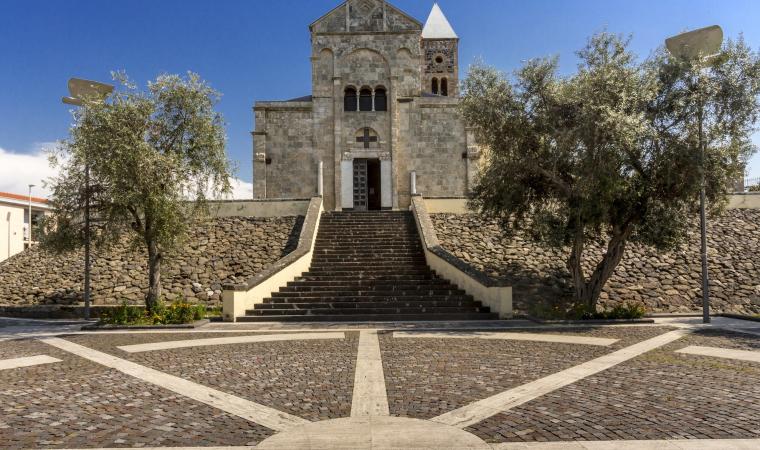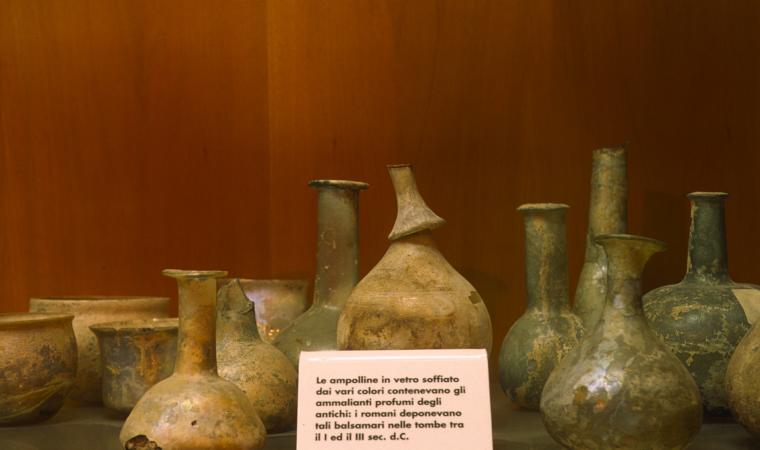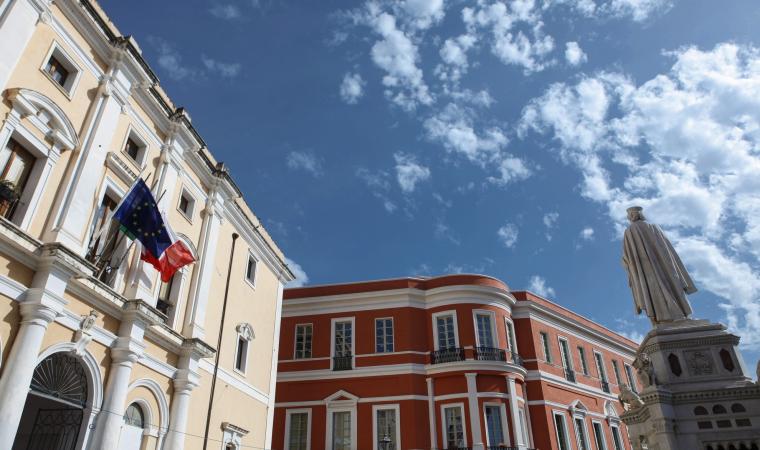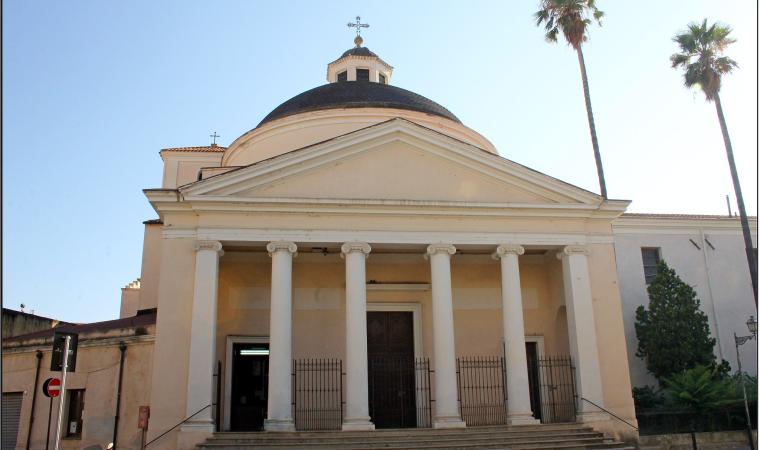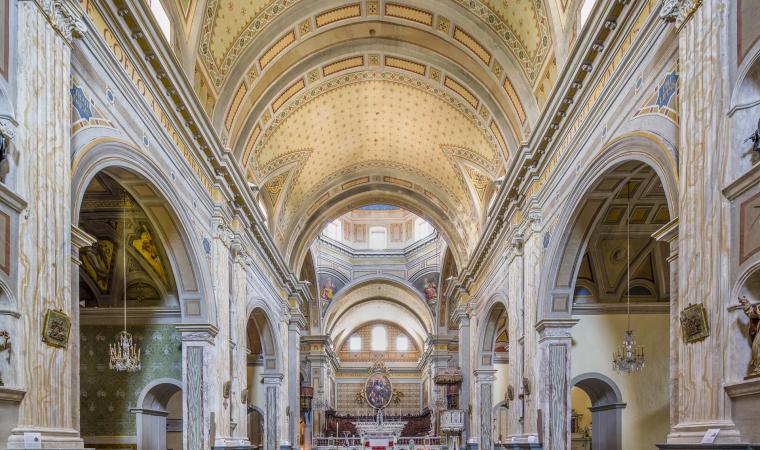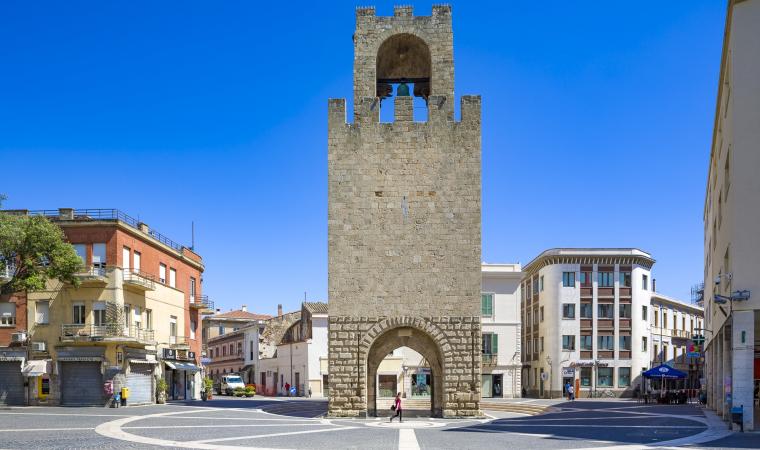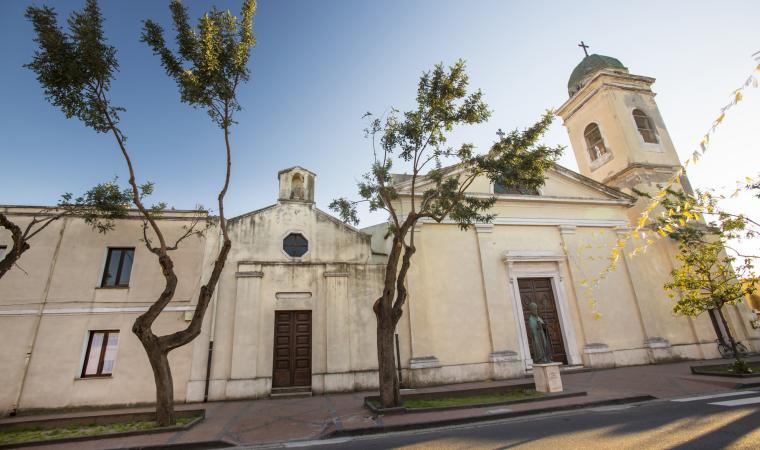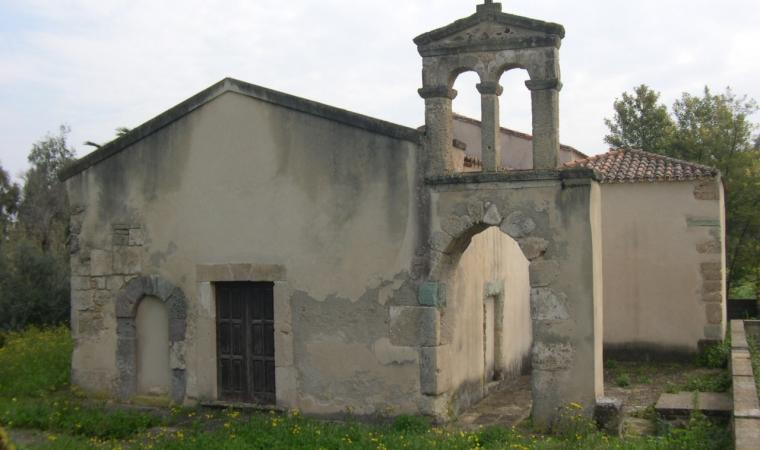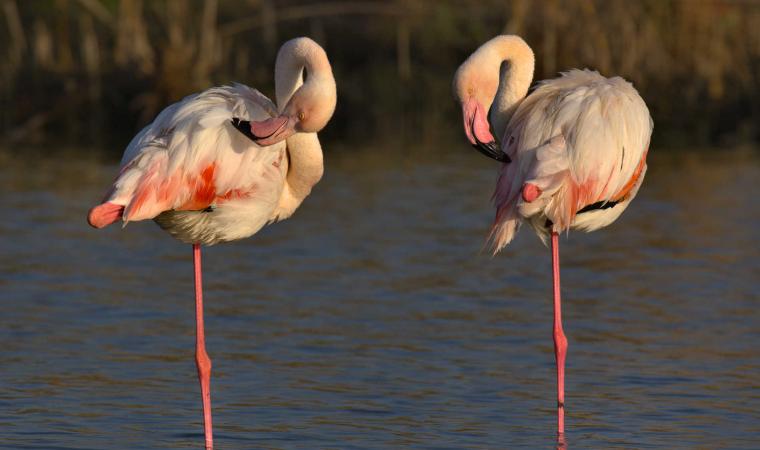Gently descending towards the plain, it is dominated to the east by the Monte Arci volcanic massif and flanked to the west by Pauli Majori pond, just a few minutes from the enchanting beaches of the Sinis Peninsula. Palmas Arborea is a town of almost 1500 inhabitants in the Campidano plain of the Province of Oristano, located about 10 kilometres away. The town’s main income comes from shepherding and the cultivation of artichokes, citrus fruit and grapes. The town has Medieval origins: around the year 1000, three small villages stood here, Palmas Majori and Palmas de Ponti were abandoned by the 15th century, while Villa de Palmas, which stood where the present-day town lies, survived. Originally, it was called just Palmas, due to the large number of palm groves surrounding it. In the 20th century, Arborea was added to differentiate it from another Palmas (of San Giovanni Suergiu).

